The European Union (EU) aims to ban imports of Russian fuel by 2027. However, according to Rystad Energy, in 2023, nearly half of Russia's pipeline gas supplies to Europe and Moldova will still pass through Ukraine, totaling 13.7 billion cubic meters.
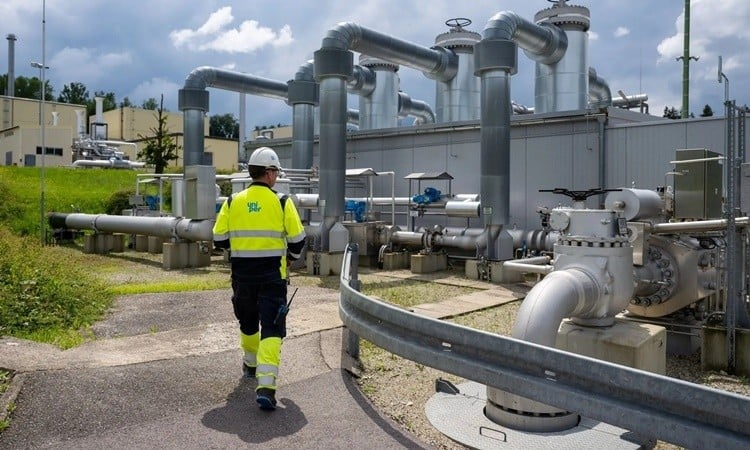 |
| A natural gas storage facility in Bierwang, Germany. (Source: AP) |
The five-year gas transit deal between Russia and Ukraine is set to expire at the end of 2024, raising concerns about future flows of the gas.
Rystad Energy, an independent energy research firm based in Oslo, Norway, predicts that Russian gas will need to be shipped to Europe via alternative routes, and an additional 7.2 billion cubic meters of liquefied natural gas (LNG) per year will be needed to replace gas transiting Ukraine.
The supply crunch could come sooner than expected, Austrian company OMV warned in May.
Slovakia, Austria and Moldova are the most gas-dependent European countries, importing around 3.2, 5.7 and 2 billion m3 respectively in 2023.
Last year, Moscow gas via Kiev reached EU countries via terminals in Slovakia and Moldova.
Moldova is currently adjusting its supplies and has agreed with Ukraine on continuous supplies of Russian gas until the end of 2025.
In 2023, Moldova imported 74% of its gas via Ukraine.
Italian and Hungarian energy companies Eni also import Russian gas via Ukraine, while Slovenia and Croatia are smaller customers buying gas via this route.
Blocking the Russian gas pipeline through Ukraine would have a significant impact on countries that depend on these volumes.
For example, when the Russia-Ukraine gas transit agreement expires, Moldova will need to reroute 2 billion cubic meters of gas.
Source: https://baoquocte.vn/diem-danh-thach-thuc-khi-khi-dot-nga-ngung-chay-qua-ukraine-khung-hoang-nguon-cung-se-xay-ra-279238.html


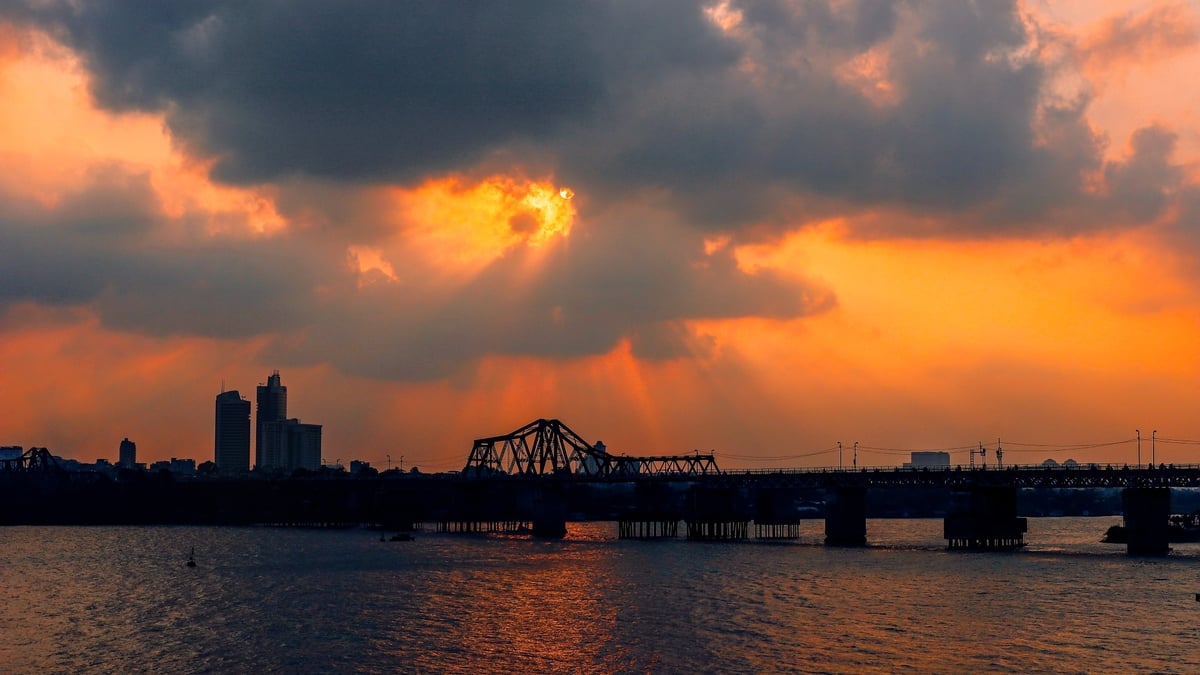




![[Photo] Prime Minister Pham Minh Chinh and Prime Minister of the Kingdom of Thailand Paetongtarn Shinawatra attend the Vietnam-Thailand Business Forum 2025](https://vphoto.vietnam.vn/thumb/1200x675/vietnam/resource/IMAGE/2025/5/16/1cdfce54d25c48a68ae6fb9204f2171a)

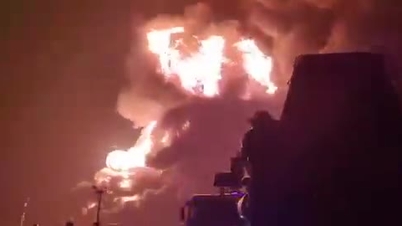





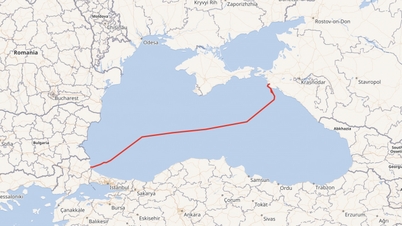






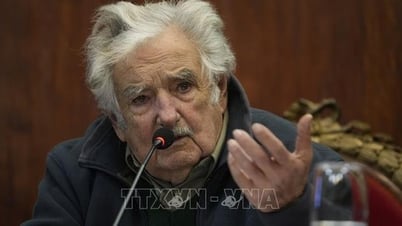











![[Photo] President Luong Cuong receives Prime Minister of the Kingdom of Thailand Paetongtarn Shinawatra](https://vphoto.vietnam.vn/thumb/1200x675/vietnam/resource/IMAGE/2025/5/16/52c73b27198a4e12bd6a903d1c218846)





























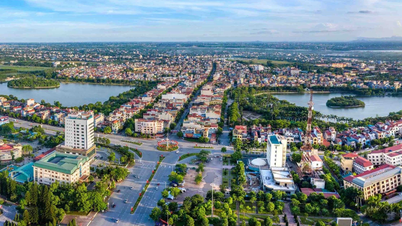














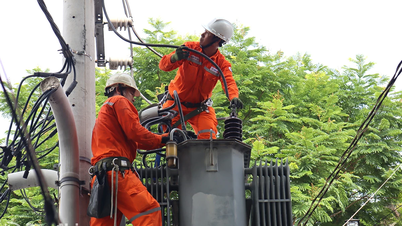



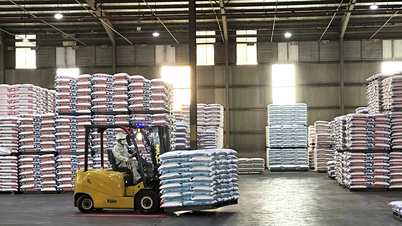















Comment (0)